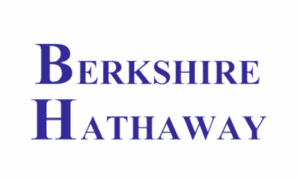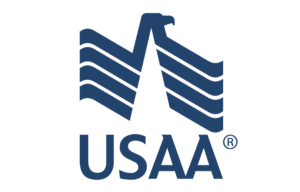Property catastrophe insurance pricing a global challenge: Donnelly, Marsh

Global commercial insurance pricing has stabilised in the third-quarter according to broker Marsh, but the property and in particular the property catastrophe insurance market remains the most challenging area.
There is more consistency being seen across insurance rates in general, but US property insurance continues to rise faster.
US property insurance rates increased by 14% during the third-quarter, down from 19% in the quarter prior, with insurers likely responding to loss activity, exposure growth and inflationary effects, as well as higher reinsurance pricing.
Globally though, commercial property insurance pricing actually slowed in the third-quarter of 2023, being up 7%, on average, down from an increase of 10% in the previous quarter, Marsh explained.
However, while the rate of increase slowed, property insurance rates still experienced increases in every region of the world and it is the catastrophe exposed properties that face the largest increases in every region, it seems.
Insurers remain concerned about the effect of inflation, Marsh said, with this a key consideration at renewal time.
Pat Donnelly, President, Marsh Specialty and Global Placement, Marsh, commented, “The property market – and property catastrophe in particular – remains challenging and is an area of focus of our work with clients.”
Marsh said that Q3 2023 was the twenty-fourth consecutive quarter in which pricing of property insurance rose in the United States.
These increases were driven by “driven by the costs of reinsurance and capital, strong demand, limited new capacity from insurers, and continued losses,” the broker explained.
As in previous quarters, it appears to be the catastrophe-exposed US property that faced the largest increases.
Marsh said, “A bifurcation of renewal results has continued in 2023; better results were typically experienced by insureds with best-in-class risks, limited natural catastrophe exposures, and stable incumbent capacity.”
Adding that, “Higher pricing was generally experienced by risks that carriers viewed to be of average to poor quality, loss impacted, and/or with assets concentrated in catastrophe (CAT) zones, such as along the Gulf of Mexico, Atlantic coast, or in California.”
Discipline on catastrophe deductibles remains, as insurers continue to enforce more stringent terms of coverage, while underwriters are also focused on inflation and insurance to value, Marsh said.
Insurance buyers are countering the continued rate hardening through the adoption of higher deductibles, or by taking up alternative methods of risk transfer, including captives, parametric risk solutions and structured products.
Marsh said that catastrophe exposure is also under scrutiny in commercial insurance renewals in the United Kingdom, Europe, Canada, Latin America, Asia, and all other regions of the world.
In Canada, underwriters have started to model convective storm exposures, Marsh said, which is expected to have an effect on pricing right through 2023.
In Europe, secondary perils and catastrophe risks are also affecting commercial insurance pricing, with natural catastrophe aggregates and deductibles being scrutinised.
In Latin America, higher catastrophe limits and poor loss records meant significantly higher pricing in Q3, Marsh said.
While in Asia and Pacific, catastrophe-exposed clients are also facing greater scrutiny and continued price increases and recent weather patterns are causing some insurers to be cautious.
Finally, even India, the Middle East and Africa are feeling the effects of the insurance and reinsurance market’s catastrophe aversion, with rate increases being driven by increased reinsurance and capital costs, while nat cat related terms and conditions are under scrutiny here as well, Marsh explained.
In general, it is a picture of heightened weather and natural catastrophe risk aversion among insurers, cascading down from the reinsurance market and exacerbated by inflationary factors as well.







